University of Notre Dame researchers, along with collaborators in China and Australia, published a new sample catalog of more than 24 million stars that can be used to decipher the chemical history of elements in the Milky Way Galaxy.
The research, published this month in The Astrophysical Journal, represents about one-hundredth of a percent of the roughly 240 billion stars in the Milky Way. It marks a milestone for Timothy Beers, the Grace-Rupley Professor of Physics at Notre Dame, who has spent most of his career planning and executing ever-larger surveys of stars to decipher the galaxy’s formation and chemical evolution — a field called galactic archaeology. Researchers employed a new approach to measure the light from each star to infer the abundances of heavy metals such as iron. They also measured their distances, motions and ages.
“The elemental abundances of individual stars trace the chemical enrichment of the Milky Way galaxy, from when it first began to form stars shortly after the Big Bang to the present,” Beers said.
“Combining this information with the stellar distances and motions allows us to constrain the origin of different components in the galaxy, such as the halo and disk populations,” he continued. “Adding age estimates puts a `clock’ on the process, so that a much more complete picture of the entire process can be drawn.”
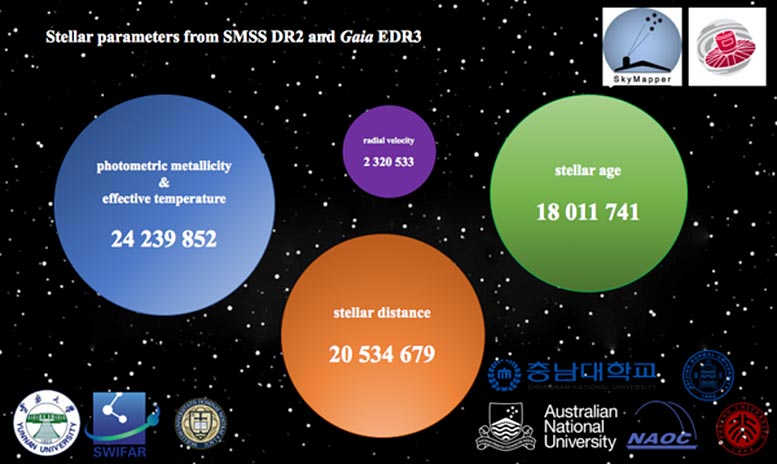
Summary of the astrophysical parameters reported in this work, which in combination constrain the assembly and chemical evolution of the Milky Way.
Previous spectroscopic work by Beers and collaborators provided the information for the tens of thousands of stars that were used to calibrate the new approach, based on precision photometric measurements. The recent research used large photometric samples obtained with the Australian SkyMapper Southern Survey and the European Gaia satellite mission to calibrate estimates of metallicity.
Until recently, the only means to obtain accurate estimates of the content of heavy metals, such as iron, for large numbers of stars was by taking low- and medium-resolution spectra that could be analyzed to extract this information. The process was long and painstaking.
Beers is most interested in the stars with the lowest metallicities — very metal-poor stars with iron abundances less than 1 percent that of the sun — because they were born early in the history of the universe, and therefore reveal the origin of elements in the periodic table. In the early 1980s, when Beers started his work, researchers knew of only about 20 very metal-poor stars. This new catalog brings the total of what Beers refers to as “fossils of the night sky” to more than 500,000.
Containing more than 19 million dwarf and five million giant stars, the new catalog is expected to advance the knowledge of how the Milky Way was formed in a variety of ways, Beers said. These include characterizing the structure of the galactic thin/thick disks — the structural components of spiral galaxies — as well as the population of stars and globular clusters that surround most disk galaxies, called the stellar halo. The catalog of stars will also help researchers identify the trails of stars left behind from disrupted dwarf galaxies and globular clusters.
Reference: “Beyond Spectroscopy. I. Metallicities, Distances, and Age Estimates for Over 20 Million Stars from SMSS DR2 and Gaia EDR3” by Yang Huang, Timothy C. Beers, Christian Wolf, Young Sun Lee, Christopher A. Onken, Haibo Yuan, Derek Shank, Huawei Zhang, Chun Wang, Jianrong Shi and Zhou Fan, 3 February 2022, The Astrophysical Journal.
DOI: 10.3847/1538-4357/ac21cb
In addition to Beers and graduate student Derek Shank at the University of Notre Dame, other collaborators include lead author Yang Huang of Yunnan University, China; Christian Wolf and Christopher A. Onken, Australian National University; Young Sun Lee, Chungnam National University, Korea; Haibo Yuan, Beijing Normal University, China; Huawei Zhang, Peking University, China; Chun Wang, Tianjin Normal University, China; and Jianrong Shi and Zhou Fan, Chinese Academy of Sciences.
Beers and Shank’s work on this project received support from grant 14-30152, Physics Frontier Center/JINA Center for the Evolution of the Elements (JINA-CEE), awarded by the U.S. National Science Foundation. Beers also received support from a 2019 PIFI Distinguished Scientist award from the Chinese Academy of Science.

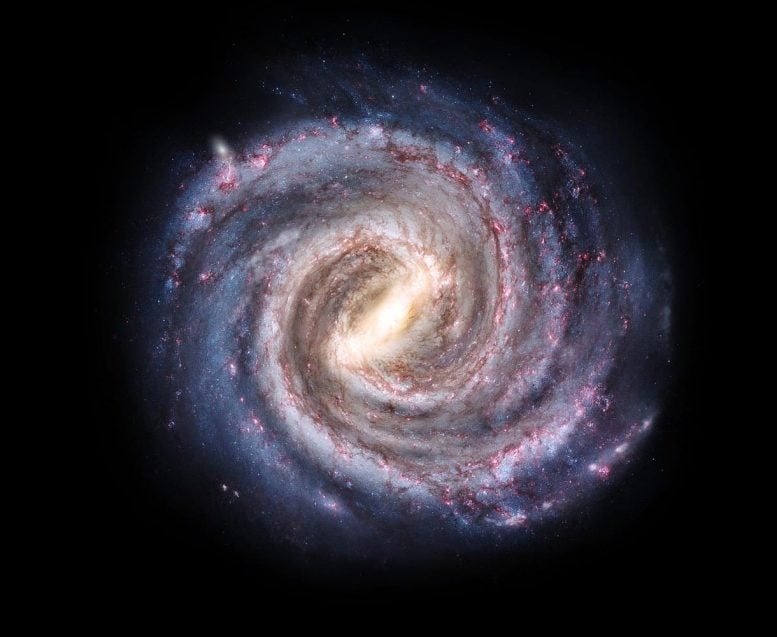

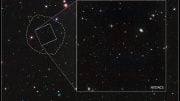
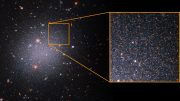
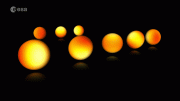

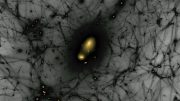

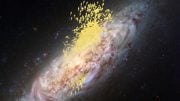
Be the first to comment on "Chemical History of the Milky Way Revealed by New Catalog of Over 20 Million Stars"